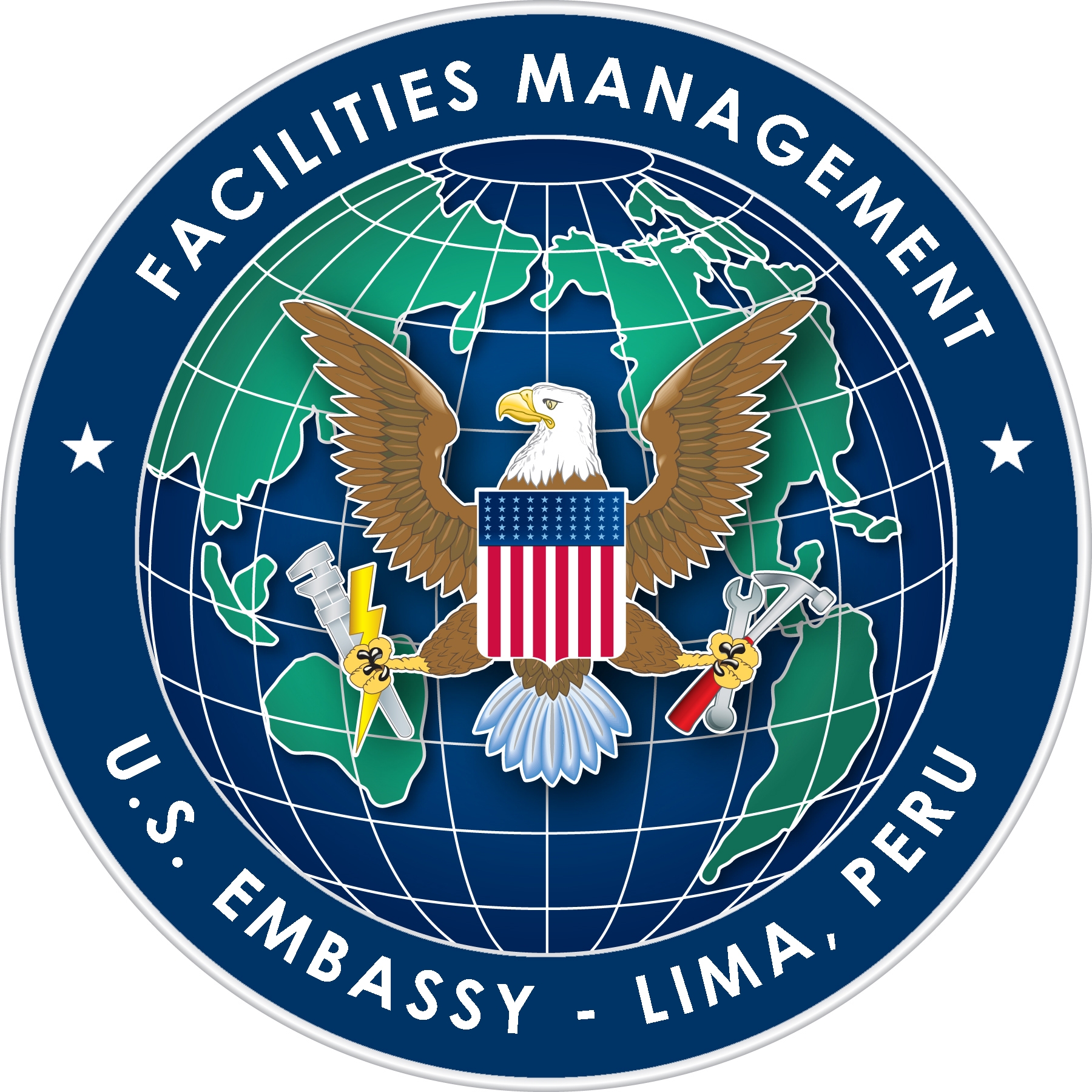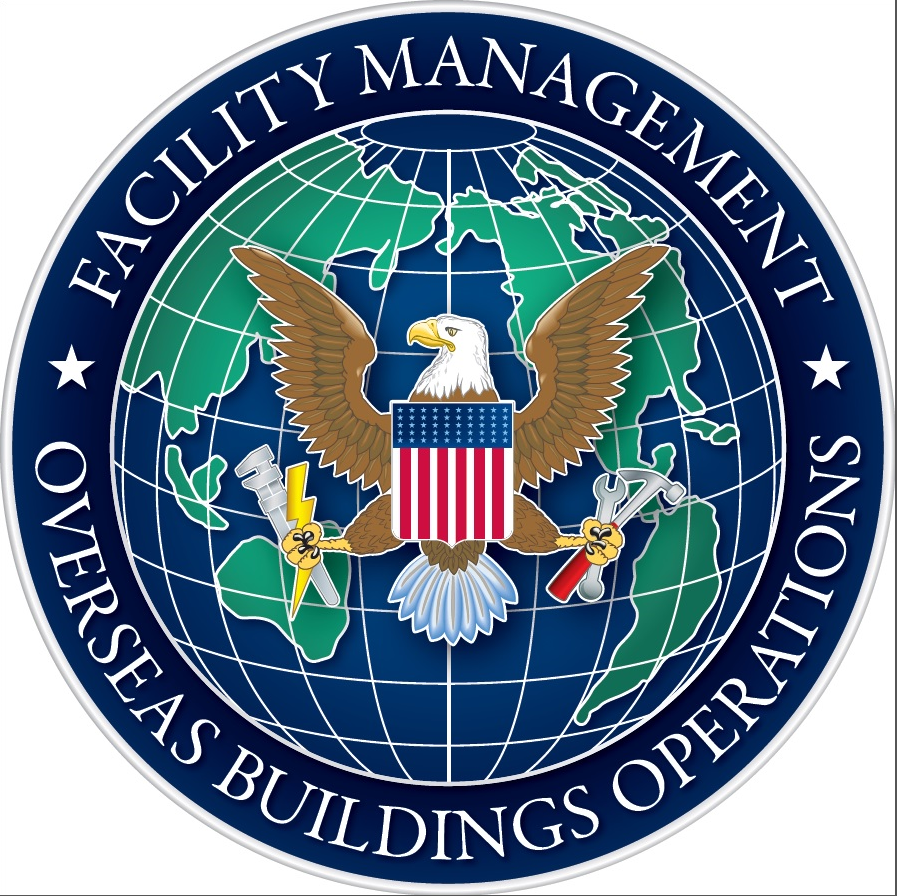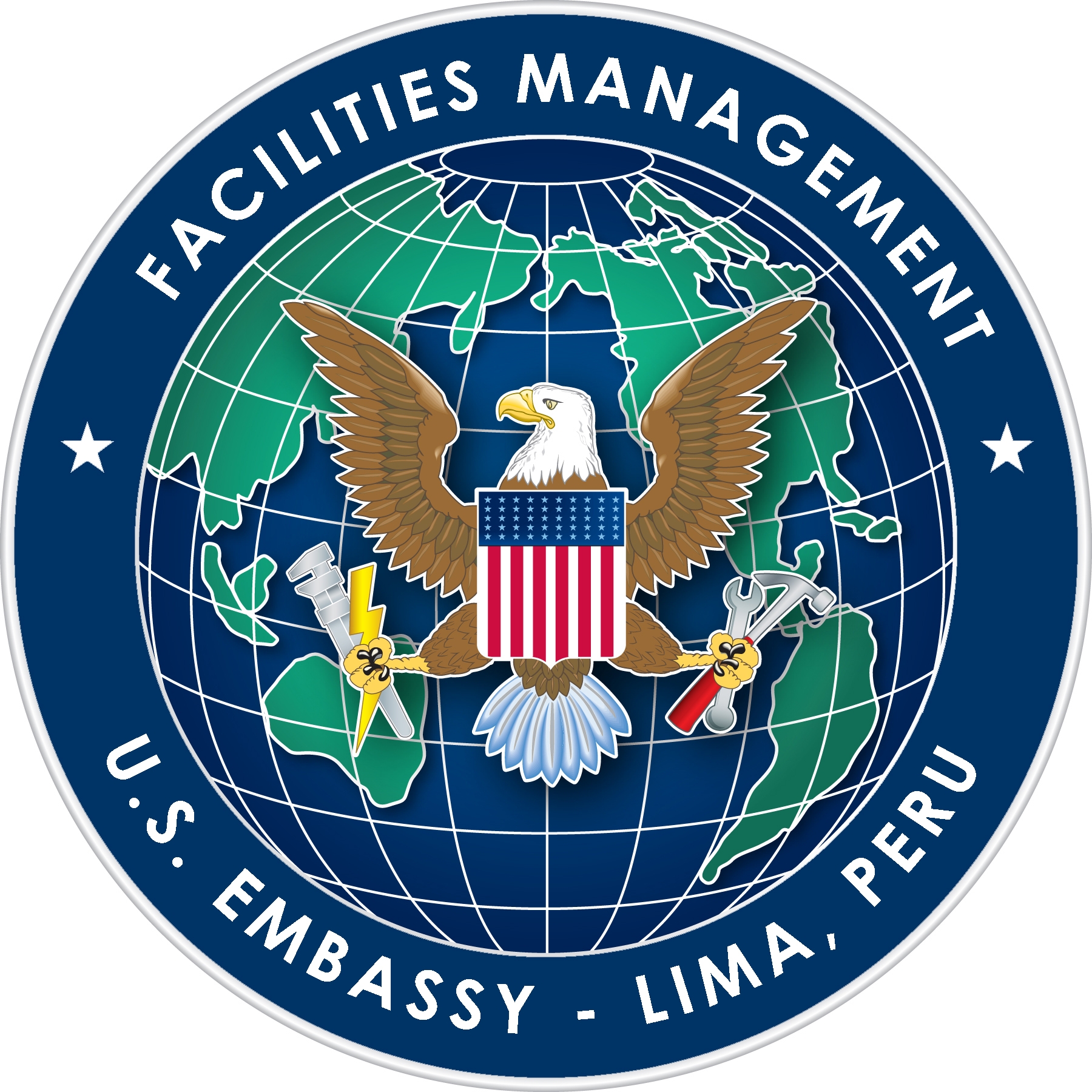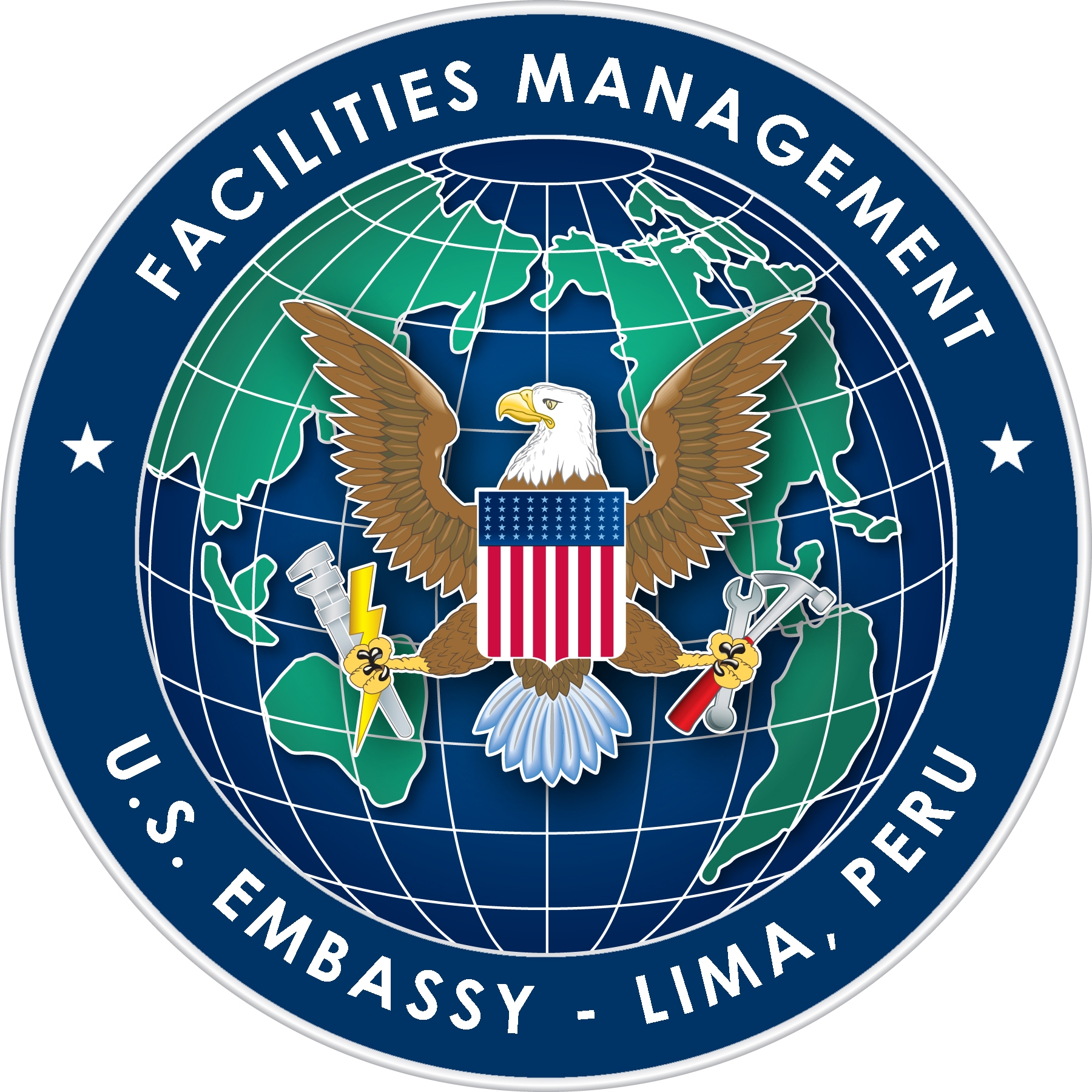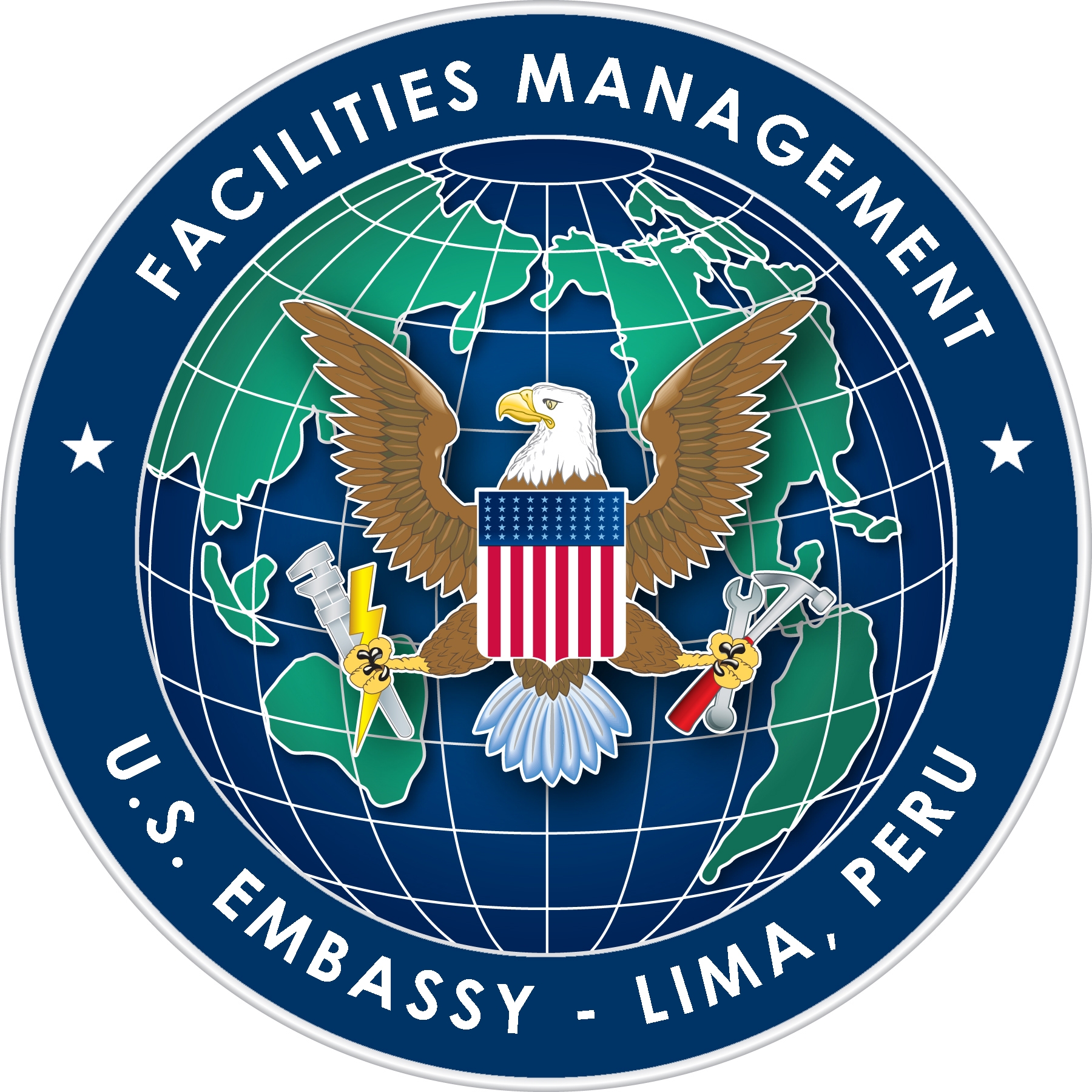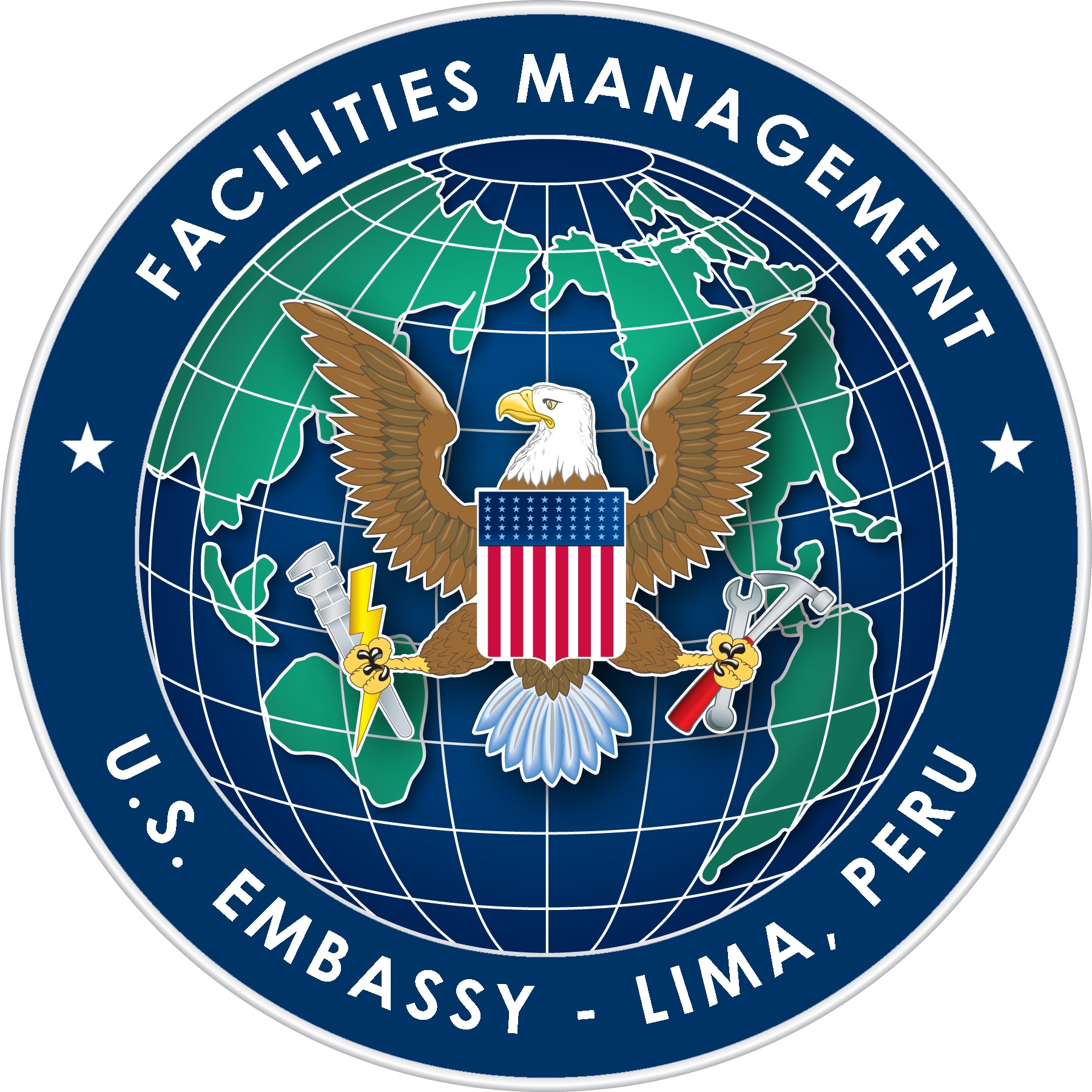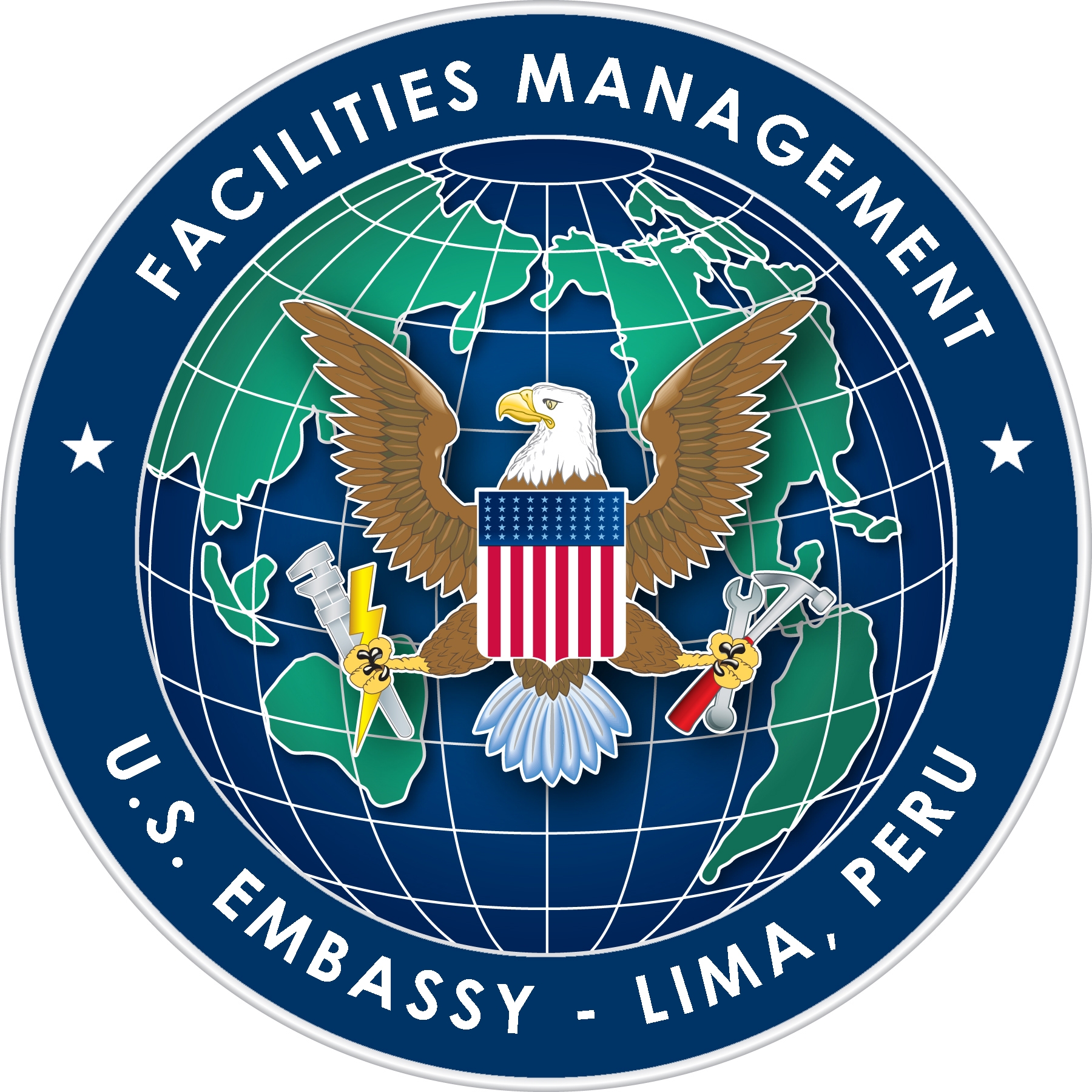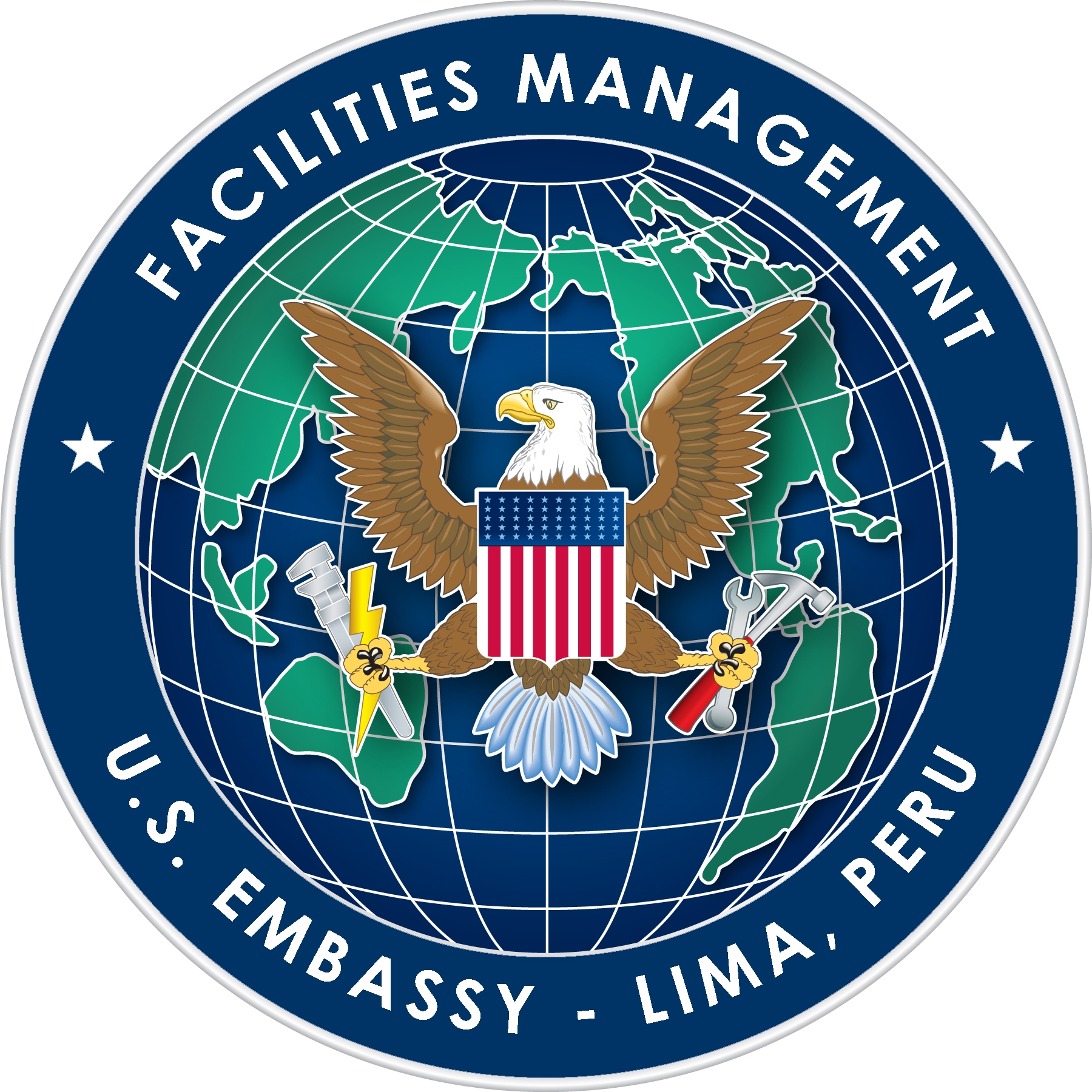Title Page
-
Conducted on
-
Prepared by
1.0 General Shop Safety & Health
-
1.1 Are work areas kept neat and orderly?
-
1.3 Do all areas have adequate illumination?
-
1.4 Are new employees trained on safety procedures?
-
1.5 Are Job Safety Analysis or safe work procedures kept in writing?
2.0 Emergency/OSHA related items
-
2.1 Are emergency phone numbers and emergency action plans posted and every employee trained and documented?
-
2.2 Are emergency eyewash and/or shower units easily accessible and close to at risk areas (ie: battery recharged stations)?
-
2.3 Are first aid kits and BBP kits available at the work site?
-
2.4 Is there always a first aid trained competent person available?
-
2.5 Are fire extinguishers readily available and not blocked by debris?
-
2.6 Are there sufficient types of fire extinguishers and are they inspected monthly?
-
2.7 Does the safety bulletin board contain up to date information?
-
2.8 Is there a DOSH poster (Department of Safety and Health) and is it mounted in a prominent location?
3.0 Electrical Safety
-
3.1 Are GFCI’s used for all portable electrical hand tools?
-
3.2 Are extensions cords rated for hard or extra hard usage? (3 wire marked = S, ST, SO, STO, SJ, SJO, SJT + SJTO)
-
3.3 Is certified or listed equipment used per manufacturer instruction?
-
3.4 Are electrical panels labeled appropriately?
-
3.5 Are electrical panel knockouts in place?
-
3.6 Is a 3 foot square area around all electrical panels maintained?
-
3.7 Are light bulbs in fixtures protected from breakage?
-
3.8 Is grounding and/or bonding integrity maintained for chemical dispensing?
-
3.9 Are electrical cords inspected, free from breaks or fraying and have all prongs intact?
-
3.10 Is strain relief intact for all flexible cords and plug fittings?
-
3.11 Are pressure washers grounded per NEC requirements?
-
3.12 Are double insulated or grounded electric power tools used?
4.0 Hot Work Safety
-
4.1 Are floors and surrounds swept clean and clear of rubbish?
-
4.2 Have all combustible materials been relocated at least 20 feet or if not, have the remaining items been suitably protected from sparks and heat with non-combustible material?
-
4.3 have all for or wall openings within 20 feet of the work been tightly covered with non-combustible material?
-
4.4 Has suitable protection been provided to prevent heat being transferred through walls or floors etc. eg: via conductive materials such as steel pipe-work?
-
4.5 Has a responsible person with the authority to stop the work been assigned to watch for dangerous sparks, etc. in the area of the work and in adjacent areas such as adjoining floors or rooms? this must include regular checks during the work and breaks.
-
4.6 Has sufficient fire protection equipment (eg: hose fell, extinguisher, fire blanket etc.) been provided and has a responsible person (trained in its use) been assigned to stand by while work is in progress?
-
4.7 Have suitable and sufficient hazard warning signs been posted adjacent to (including above and below, where appropriate) the work area?
-
4.9 Is suitable personal protective equipment provided to ensure the safety of workers?
-
4.10 Are workers trained on proper procedures on what to do in case of a fire, eg: how to raise the alarm, and call for assistance?
-
4.11 Are suitable facilities in place in the work area to call for assistance, eg: telephone, radio, alarm system?
5.0 Hazard Communication
-
5.1 Are MSDS sheets or a suitable computer system and website available to all affected employees?
-
5.2 Does the MSDS inventory contain all items in the garage/shop?
-
5.3 Are all hazardous containers labeled appropriately?
-
5.4 Are all flammable liquids stored in FM/UL metal safety cans?
-
5.5 Are all flammable liquids storage containers labeled properly?
-
5.6 Are oily rags place in covered metal containers?
-
5.7 Are hazardous liquids stored below eye level?
-
5.8 Are flammable liquid storage cabinets properly in use and do they meet NFPA and OSHA standards?
-
5.9 Have all affected employees received documented training in Hazardous Communication?
6.0 Personal Protective Equipment
-
6.1 Are safety glasses/goggles available and are they being used?
-
6.2 Is there a Protective Eyewear use policy in writing and is it enforced?
-
6.3 Is there hearing protection provided in areas of loud work? (85 decibels or more)
-
6.4 Is hand protection provided and used as required?
-
6.5 Is foot protection worn as required?
-
6.6 Are welding helmets, gloves, aprons, footwear, and curtains available and used?
-
6.7 Is a respirator or proper ventilation available and used?
-
6.8 Are supplies on hand for incidental chemical spills?
-
6.9 Are painting booths or ventilated painting areas provided and used?
7.0 Additional Comments
-
7.0 Did you observe any other concerns that were not covered in the audit questions?
